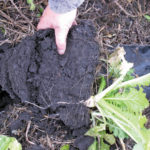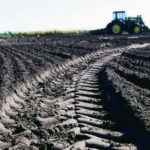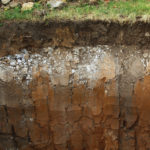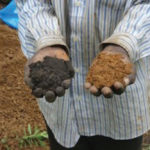
Tag Archives Soil science

Season too short for cover crops? Maybe not
They could have a fit for Western Canada, but they require just as much planning as any other crop choice

Is strip tillage the new black for Manitoba farmers?

Lower air pressure in tires to reduce soil compaction
There are no easy solutions to soil compaction but there are some strategies to help avoid it

More emphasis should be placed on soil health, MCDA speaker says
Cover crops, reduced tillage, crop and livestock diversity can all help reduce watershed challenges

Soil adds up
The way soil properties combine can be used to mathematically determine soil quality

Cover cropping improves land and bank balance
Ontario farmer Blake Vince has harnessed the power of cover crops on his operation

What does your underwear say about your soils?
The underwear test can be a visual indicator of the activity that is taking place in your soil
Editorial: Hedge your risks: go underground

North Interlake drainage issues to be addressed
Pilot program aims to improve water management in the RM of Bifrost-Riverton

Centuries-old African soil technique could combat climate change
Adding kitchen waste and charcoal to nutrient-poor rainforest soils makes them capable of supporting intensive farming


